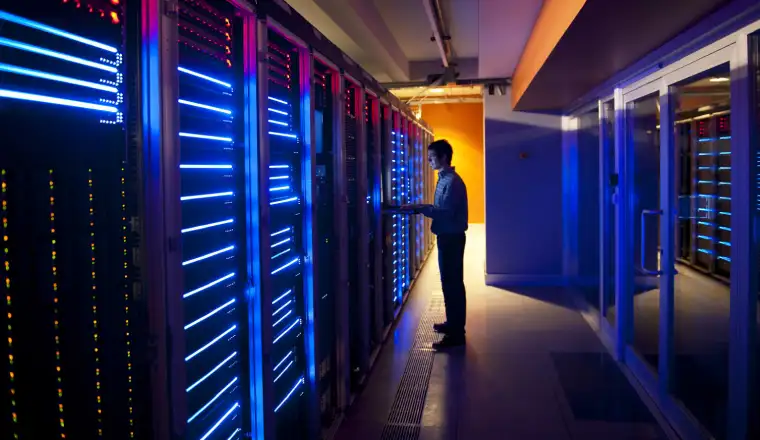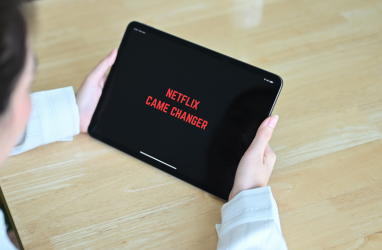During this age of digitalisation, we find ourselves shifting the value previously placed on material goods to the ideas from where modern innovations take root. However, with the significant rise in its value comes enhanced threats to its security—most of which ironically coursed through digital technology, an invention that materialised through intellectual property. While this criminal opportunism is unsurprising, at best, we should remain vigilant in staving off the digital pirates to maintain a healthy state of cybersecurity. This article discusses the high cost of data breaching, the global initiatives to address the issue, and most importantly, the actionable steps you can take to secure your intellectual property and dodge the threats to your data security.
The Pirate's Bounty: Cost of Data Breach
Information and Communications Technology sectors received the brunt of damages from compromised cybersecurity. The amount falls around $8.05 million lost to digital pirates. While this cost entails significant setbacks to the industry, this is not to say that the public would not feel the effects of the data breach.
Aside from a decline in the quality of services from telecommunications and internet service providers, cyber threats also destroy the lock and key standing between the people’s personally identifiable data and identity thieves.
Taking the second spot in the total cost of cyberattack is the healthcare industry with its ten-year record high loss of $7.13 million. For the sector, this amounts to an alarming 10.5% surge on the cybersecurity breach price tag.
However, for the patients and the public in general, it equates to compromised confidentiality of their medical records, among other dangers related to unauthorised access to their personal information.
While it is true that industries and government entities absorb the majority of the impact, the threats also translate to risks for an individual’s safety. Furthermore, falling victim to a data breach – even in a private context – exposes the target’s immediate network to similar hazards.





